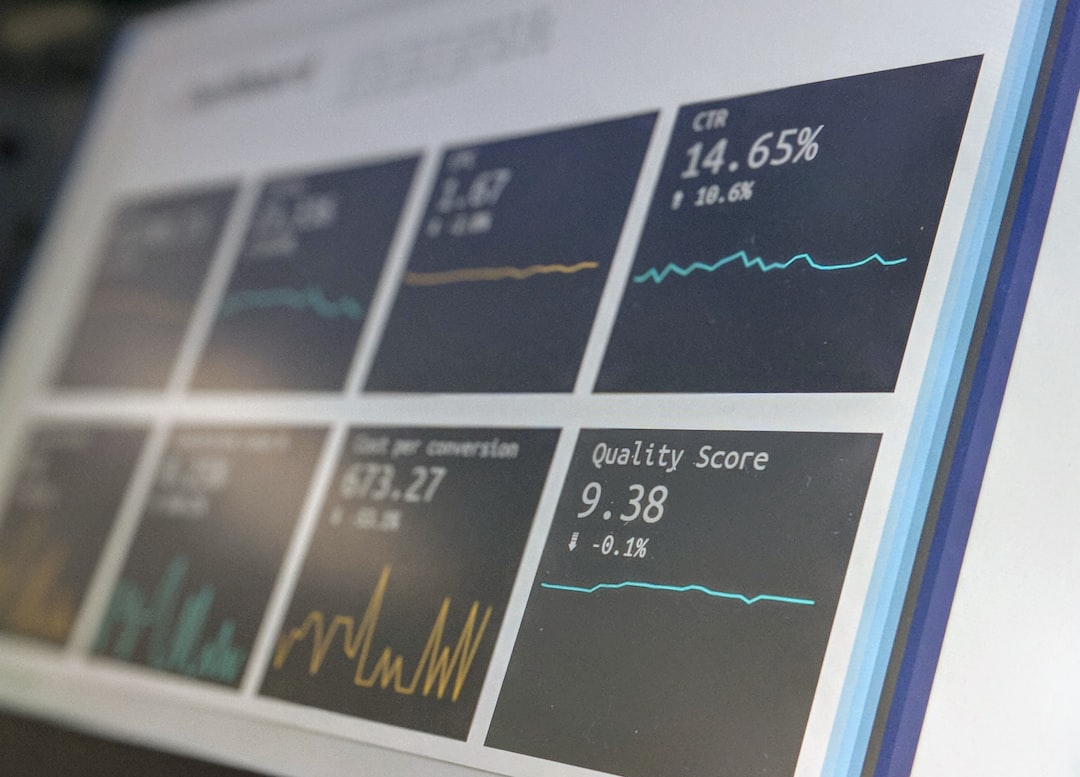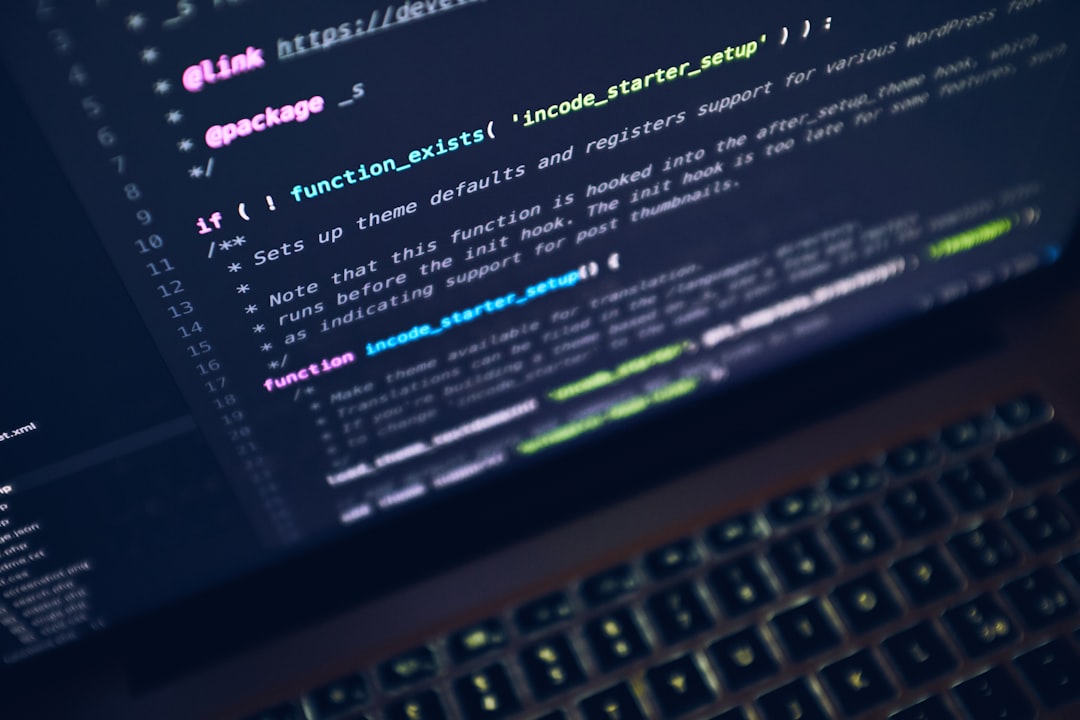
The Comprehensive Guide to Global Economic Systems.
# Introduction. In the fast-evolving landscape of global economies, understanding the various economic systems that govern countries is crucial for entrepreneurs, policymakers, and even everyday citizens. Economic systems shape national policies and set the stage for prosperity and growth, or stagnation and decline. This guide aims to explain the primary types of economic systems found around the world, their characteristics, advantages, and disadvantages, as well as examples of countries that follow these frameworks. # Capitalism: The Market-Driven Economic System. Capitalism is characterized by private property rights, free markets, and minimal government intervention. In a capitalist economy, individuals and businesses own the means of production and engage in voluntary exchanges to drive supply and demand. The profit motive incentivizes innovation and efficient resource allocation, leading to competition that often promotes higher quality products at lower prices. However, capitalism comes with its downsides. Wealth inequality can expand, as those who control resources accumulate more capital while others may struggle. Additionally, the absence of regulations can lead to monopolies and negative externalities such as environmental damage. Prominent examples of capitalist economies include the United States and Canada, where market mechanisms primarily govern economic activities. # Socialism: Balancing Equality with Economic Growth. Socialism advocates for collective or governmental ownership of the means of production, aiming for equal distribution of wealth and opportunities among citizens. This economic system seeks to reduce income inequality and provide public goods and services such as healthcare and education for free or at subsidized prices. Countries like Sweden and Norway exemplify a balanced socialist model, where free markets exist alongside robust welfare programs that protect the most vulnerable. However, pure socialism can face criticism regarding inefficiency due to limited competition. The challenges of centralized control and the potential for bureaucratic mismanagement can also hinder economic innovation and growth. # Mixed Economies: The Hybrid Model. Most modern nations operate within a mixed economy, which integrates elements of both capitalism and socialism. In these systems, the private sector operates alongside significant government regulation and intervention to ensure social welfare and economic stability. Mixed economies allow for market-driven growth while still providing essential services and regulations to address public needs. Countries like France and Germany illustrate mixed economies well, as they maintain a capitalist structure bolstered by social programs and government participation in key industries. This balanced approach often results in stable economic conditions and reduced poverty levels. However, the challenge lies in finding an optimal balance between free enterprise and social welfare without overregulating the market or creating inefficiencies. # Command Economies: Planning without Personal Control. In a command economy, the government exerts significant control over economic activities through centralized planning. The state makes all decisions regarding production, investment, pricing, and distribution, intending to achieve specific economic goals. While this system can eliminate joblessness and ensure basic needs are met, it often stifles innovation and personal initiative. Historically, countries such as the former Soviet Union and North Korea have exemplified command economies. These economies typically struggle with inefficiency, leading to resource misallocation and shortages of goods. The lack of a profit incentive often results in decreased motivation among workers and lower overall economic growth. # The Importance of Understanding Economic Systems. Comprehending various economic systems is essential for anyone engaged in global markets or governance. Understanding these systems enables policymakers to shape better economic strategies that engage their populations effectively. For businesses, it can inform decisions about investment, international expansions, and risk management while ensuring that they can adapt to their operating environment. Tourists and expatriates can also benefit from understanding different economies, as it impacts currency values, cost of living, and general purchasing power in different regions. Armed with this knowledge, individuals are better prepared to navigate the complexities of international trade and investment strategies. # Conclusion. Global economic systems play vital roles in shaping the world economy. As nations adjust their policies in response to changing circumstances and challenges, these systems evolve, creating new opportunities and risks. This guide serves as a primer for understanding these economic frameworks, providing insights necessary for navigating the interconnected world of business and finance effectively. By grasping the nuances between different economic systems, individuals and organizations can make informed choices that align with their objectives and values. .









